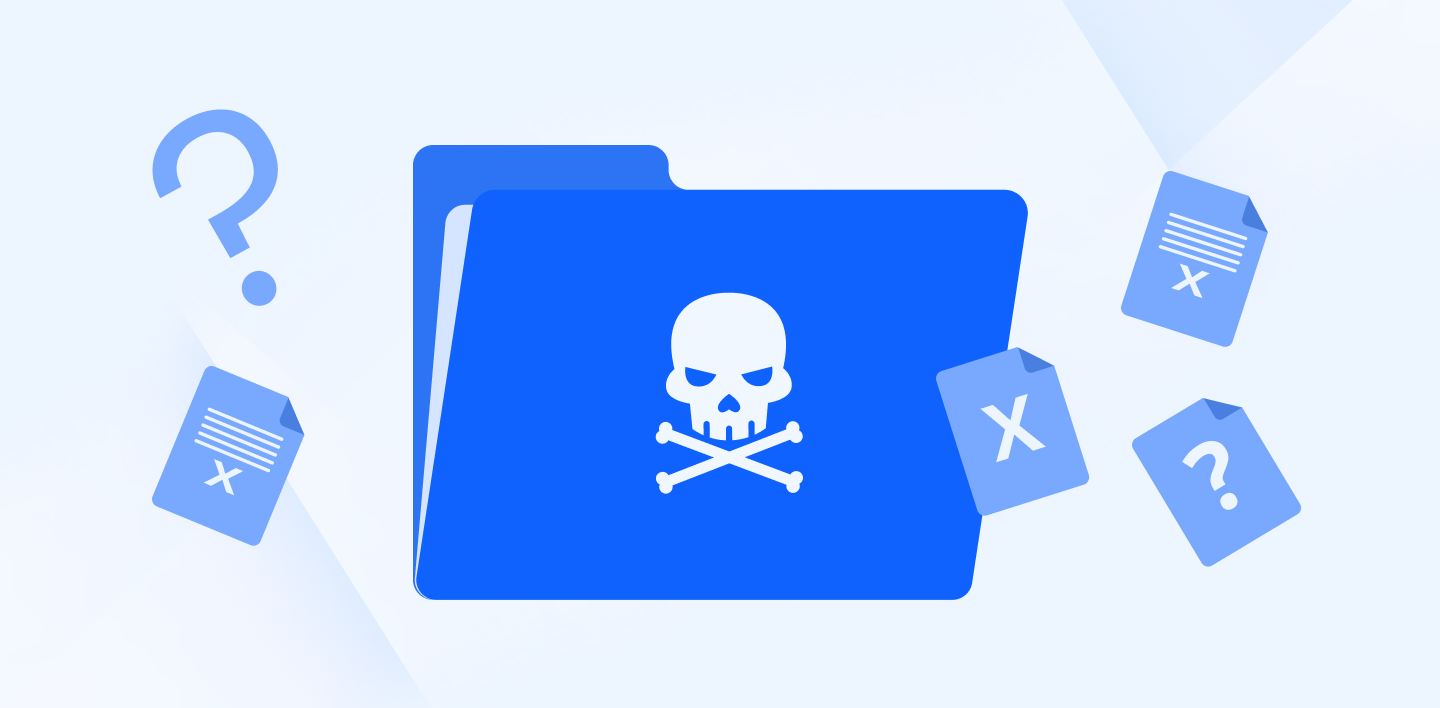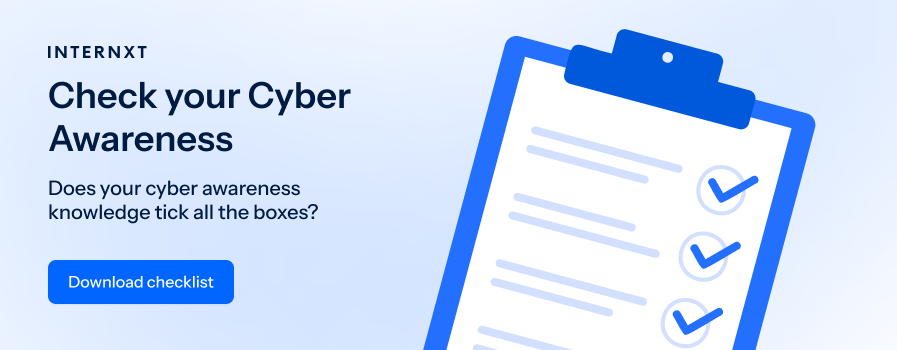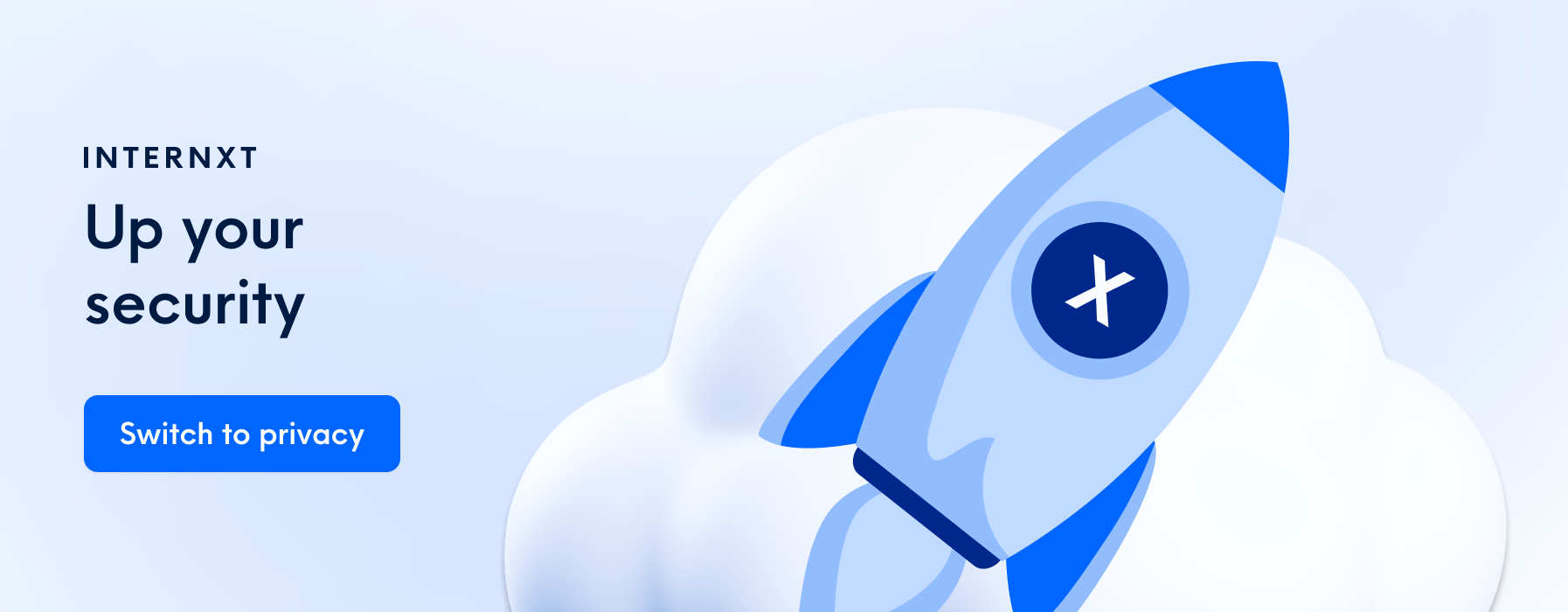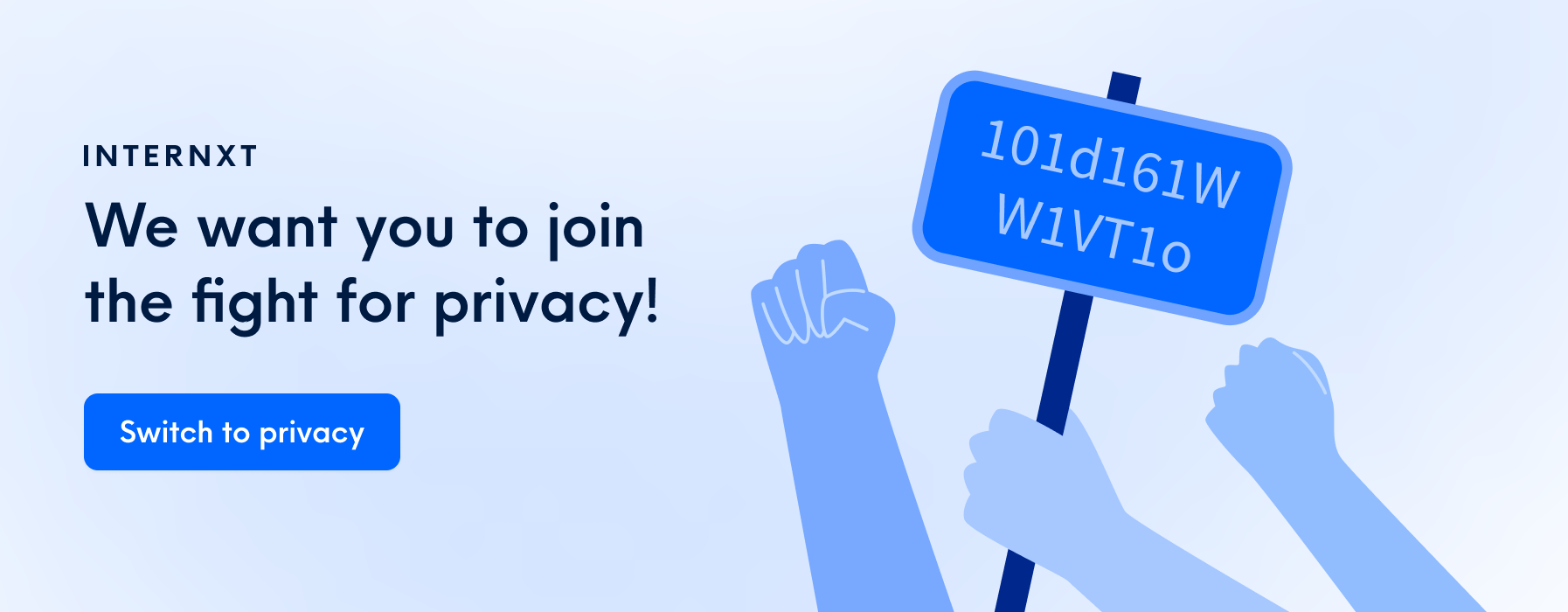Data Loss Prevention: Types, Challenges, and Tips for Data Security

What is data loss prevention?
Data loss prevention is a security solution to detect and prevent sensitive data utilization. A data loss prevention strategy is necessary for organizations wishing to avoid data breaches and destruction.
Even if an organization has a solid data loss prevention routine in place, it does not eliminate potential threats.
The most common causes are:
- Negligence: Employees who expose data in public by following established security protocols may do so because they overestimate potential risks. Similarly, it could be a personal error due to various distractions.
- Insider Threats: Unlike negligent employees, those with malicious intent aim to compromise the data for personal gain. They know the ins and outs of the organization, so leaking the information is much easier than it would be for external attackers.
- External attacks: Speaking of external attackers, malicious actors try to exploit potential security holes within an organization. Injecting malicious code, fooling people via phishing, and using other means to penetrate the defenses.
The existence of different data leak prevention types calls for a deep dive into understanding them.
Challenges that organizations and individuals have to overcome require coverage as well to know what to expect and how to overcome the obstacles.
Types of Data Loss Prevention and Prevention Cases
Data loss prevention has multiple categorizations. This article will cover three data loss prevention use cases and four DLP IT solutions and offer comprehensive insights into how to safeguard sensitive information.
As data loss is a critical concern for large corporations and small businesses, understanding the various approaches to data loss prevention is essential in today’s data-driven business and online world.
1. Enhanced Data Visibility
A reliable data loss prevention solution monitors data and makes it visible to the right parties. Enhanced visibility is a means to establish an efficient data management strategy throughout an organization, including leak prevention.
Also, you can adopt observability solutions to see complete visibility into your system and keep an eye on logs.
2. Intellectual Property Protection
Some DLP solutions come with context-based data classification. The classification scans the available intellectual property and determines which IPs require the most attention.
Dedicating an entire solution to protect intellectual property might seem like an excessive step. However, organizations that value it should not look to save resources on what could potentially cause significant damage.
3. Personal Information Security Regulations
Regulatory standards vary from country to country or state to state. For Europe, the company that deals with how companies effectively handle customer data is the General Data Protection Regulation (GDPR).
The GDPR is a valuable independent company that ensures that businesses follow the necessary rules and regulations in the case of data mishandling. The laws such companies write can help consumers decide when choosing what company to share their data with confidently and with peace of mind.
It also gives consumers control over how their data is stored and used in customer data platforms.
Data Loss Prevention IT Solutions
When it comes to safeguarding sensitive data and preventing potential breaches, organizations have a range of DLP solutions at their disposal. The following solutions encompass different technologies and strategies tailored to specific data security needs, and they play a pivotal role in maintaining the privacy and integrity of the data they store.
1. Cloud DLP
Cloud solutions operate on an IaaS or SaaS level. The data stored in the cloud can range from personal emails to sensitive consumer information.
One of this IT solution's biggest and standout advantages is that it is much stronger than others due to how inaccessible SaaS and IaaS are to third parties.
At the same time, setting up and maintaining everything requires significant knowledge and resources.
2. Network DLP
As the name suggests, Network Data Loss Prevention (DLP) is a cybersecurity solution designed to actively monitor and prevent the unauthorized movement of sensitive data within a network.
A company's network security includes a wide range of data spanning several departments, including confidential documents, customer information, and intellectual property, meaning it is essential this data’s security is protected.
3. Endpoint DLP
The endpoint DLP solutions require software installation on a device. Organizations can monitor smartphone, tablet, and computer usage with such software. And the best part is that the device does not have to connect to the network for monitoring purposes.
4. Email DLP
Since so many parties communicate via email, it makes sense to implement a dedicated solution that monitors email exchanges. The solution processes sensitive keywords and flags harmful instances that could lead to online leakage.
Another useful method for preventing email data loss is choosing a suitable email service that offers encryption for your emails or, in some cases, using a temporary email to protect your personal email account.

The Challenges of Data Loss Prevention
The existence of data loss prevention solutions does not mean organizations can rest easy. Even with the right tools in place, the demand to be on the lookout for rising challenges and ways to overcome them still exists.
1. Data Visibility
IT teams do not necessarily have a clear idea of where an organization's data lives. The problem snowballed with the growth of remote work and personal device accessibility.
It becomes harder to monitor where data goes when someone works from their home rather than in-house, disconnected from the leading organization network.
Some employees also use personal devices. For example, instead of calling clients from the work phone, they call from their personal smartphone, especially when they are not in the office or outside regular work hours.
Shadow IT plays a role as well. A fair few people download and install applications that were not approved by the company. And keeping track of every single device is hardly possible when many people are working for a company.
2. User Privacy
It is hard to imagine a future without online privacy, but organizations that want to avoid data leaks have to make difficult decisions regarding what data they collect to provide customers with a personalized experience.
Unfortunately, not everyone is keen to consent immediately because companies often sell your data for profit. Privacy concerns discourage users, especially when their data is shared with third parties, as this drastically increases the chance of their data being mishandled and exposing it to much higher risks of being compromised.
Therefore, companies must be explicit with customers in how they handle and secure their data and, if required, what data loss prevention strategies their company uses to give the consumer peace of mind that their data is secure.
3. Data Customization
An ever-changing digital landscape affects data management. Changes, no matter how big or small, may lead to significant upgrades to accommodate the new ideas and keep up with the latest trends.
Data customization presents a challenge when you have to process a vast amount of information and do it in a short time. Failing to keep up makes organizations more prone to security holes, thus inviting hackers to take advantage of these shortcomings.
4. False Positives
False positives can significantly complicate the already intricate landscape of cybersecurity data analysis. What may initially appear as a minor inconvenience can quickly escalate into a substantial problem for cybersecurity teams.
The challenge lies in the difficulty of identifying false positives, especially when they lack a discernible pattern or occur randomly over time. Many organizations heavily depend on contextual and historical data to detect potential threats, but cybercriminals have become increasingly sophisticated in evading pattern recognition algorithms.
Consequently, false positives not only divert valuable attention away from genuine threats but also contribute to the overall chaos and complexity faced by cybersecurity professionals.
5. Interoperability
Interoperability refers to the ability of different systems, software, or devices to work together and exchange information or perform functions seamlessly. Interoperability ensures that various components or systems can understand, communicate, and cooperate effectively, even if they were developed by different manufacturers or follow different standards.
Despite its benefits, interoperability has downsides regarding data protection. If users are free to exchange information, attackers also have more opportunities to intercept data unless the information has robust encryption methods to protect the data.
6. Shortage of Professional Talent in Data Loss Prevention Methods
Even though data loss prevention and other cybersecurity challenges tantalize various organizations, the global IT security skill shortage remains significant.
According to Cybersecurity Drive, there are still more than 3 million vacant IT security spots worldwide. And while the percentage shrank compared to 2021, it is not enough. Although there are many resources online to start a career in cybersecurity effectively, there remains a huge divide between the jobs available and those qualified enough to fill the positions.
Talent shortage means organizations must make do without a proper security department. Instead, they must look for alternative methods to prevent unwanted leakage and other woes caused by cybersecurity threats.

Tips to Improve Data Loss Prevention
Fortunately, businesses have many tools at their disposal to help prevent catastrophic data loss. Although there is not one simple approach to data loss prevention, with the correct combination of technologies that prevent, detect, and mitigate the risks of data loss, the security of users or other confidential data can remain intact.
1. Use a Virtual Private Network
A virtual private network is the first item on the list. For those who work in-house exclusively, a VPN might come in handy to access geo-restricted content.
However, VPNs excel when you have to join a network that might be missing the necessary security protocols.
Virtual private networks create a wall between your device and a potential attacker on the other side. Data encryption protects personal information and communications, hence why VPNs are one of the cornerstones for data loss prevention among individuals.
2. Back-Up Data
Data backups may not be a direct data loss prevention method; however, in some instances, it can be an effective way to secure confiendtiañ information, so this method should be ignored completely.
If anything, backing up data should be a priority because:
- You cannot guarantee that data restoration tools will be enough
- You will not have to waste time finding ways to restore the data
- You will have a peace of mind knowing that there is a plan B in case of an emergency
How you approach data backup depends on the needs and available resources. For instance, big organizations have dedicated servers.
For most people, a cloud service ought to be enough. In some cases, external storage accessories should suffice as well. For individual needs, you do not need to overthink it. For instance, if you go for an external hard drive, do not fret if you encounter issues.
For example, if the WD hard drive not showing up on Mac becomes common, changing to another USB port or resetting NVRAM can be enough.
The same can be said about regular USB flash drives.
Just to be extra safe, you should consider backing up data on multiple sources as an extra precaution.
3. Educate Employees Regularly
Different employees have different understandings of cybersecurity threats. It is natural, given their personal experience and position within an organization.
More companies should organize regular training opportunities for employees with different cybersecurity threats and how they affect not just the organization, but also individual employees.
There is no need to go overboard with complex terms and such. Basic training is enough and will raise awareness and even encourage some employees to seek other resources to learn more. That, in turn, will further improve the overall cybersecurity literacy within the organization.
4. Protect the Hardware
Businesses often prioritize software solutions to avoid data loss. It has been the predominant approach for a while but also means giving less attention to hardware.
If hardware security is a pain point, why not take some precautionary steps, such as:
- Picking a safe location for your servers
- Install biometric protection to deny unauthorized access
- Place cameras to take videos and pictures of intruders
- Get anti-theft equipment for expensive devices to alarm about theft attempts
- Minimize power surge damage with circuit breakers
Hardware is expensive, so it is not just about data loss prevention but also the costs of replacing hardware that organizations need to be wary of.
5. Rely on Anti-Malware Software
Many consider antivirus software as a cybersecurity strategy cornerstone. Modern anti-malware tools are smart enough to identify and flag potential malware threats before they manifest and cause damage.
Operating systems present built-in security tools for mobile devices, but relying on them is insufficient. Third-party antivirus software that comes with machine learning mechanisms and other contemporary features adds that extra security.
6. Implement Smart Password Policies
Poor Password policies can be the leading cause of data leaks. Gaining unauthorized access because somebody was not careful about their passwords is something hackers will not hesitate to take advantage of.
Not only is it crucial to use complicated passwords that are difficult to crack, but it is also necessary to change passwords regularly.
If memorizing too many passwords is hard, get a password manager tool to store your login credentials that you can access with a master password and two-factor authentication.
7. Stick to the Latest Operating System Version
To reduce the risk of being exposed to security bugs or vulnerabilities, you must run the latest operating system on your computer or mobile device.
Windows, Mac, Linux, iOS and Android updates all introduce new features and general performance upgrades. However, some patches focus on fixing security holes, so you must watch out for updates via your settings and install them immediately.
Missing an update means exposing the device to new threats. When you see a notification about a new operating system version, download and install it at your earliest convenience.
8. Keep Up With the Latest Trends
The last bit of advice is to keep up with the latest cybersecurity or technology trends. Cybercriminals come up with all kinds of ways to penetrate defense systems.
Similarly, security tool developers react to the latest threats and develop new solutions to fight off attacks. Organizations that fail to adapt to the trends put themselves at risk, whereas those implementing the changes have a much more solid foundation.

The Vital Role Data Loss Prevention Has In Cybersecurity
In conclusion, data loss prevention is a multifaceted and dynamic field that demands continuous vigilance and adaptation at both the individual and organizational levels.
With the ever-evolving threats and trends in the cybersecurity world and a lack of cybersecurity professionals available, it is a challenging landscape for any business dealing with sensitive information.

